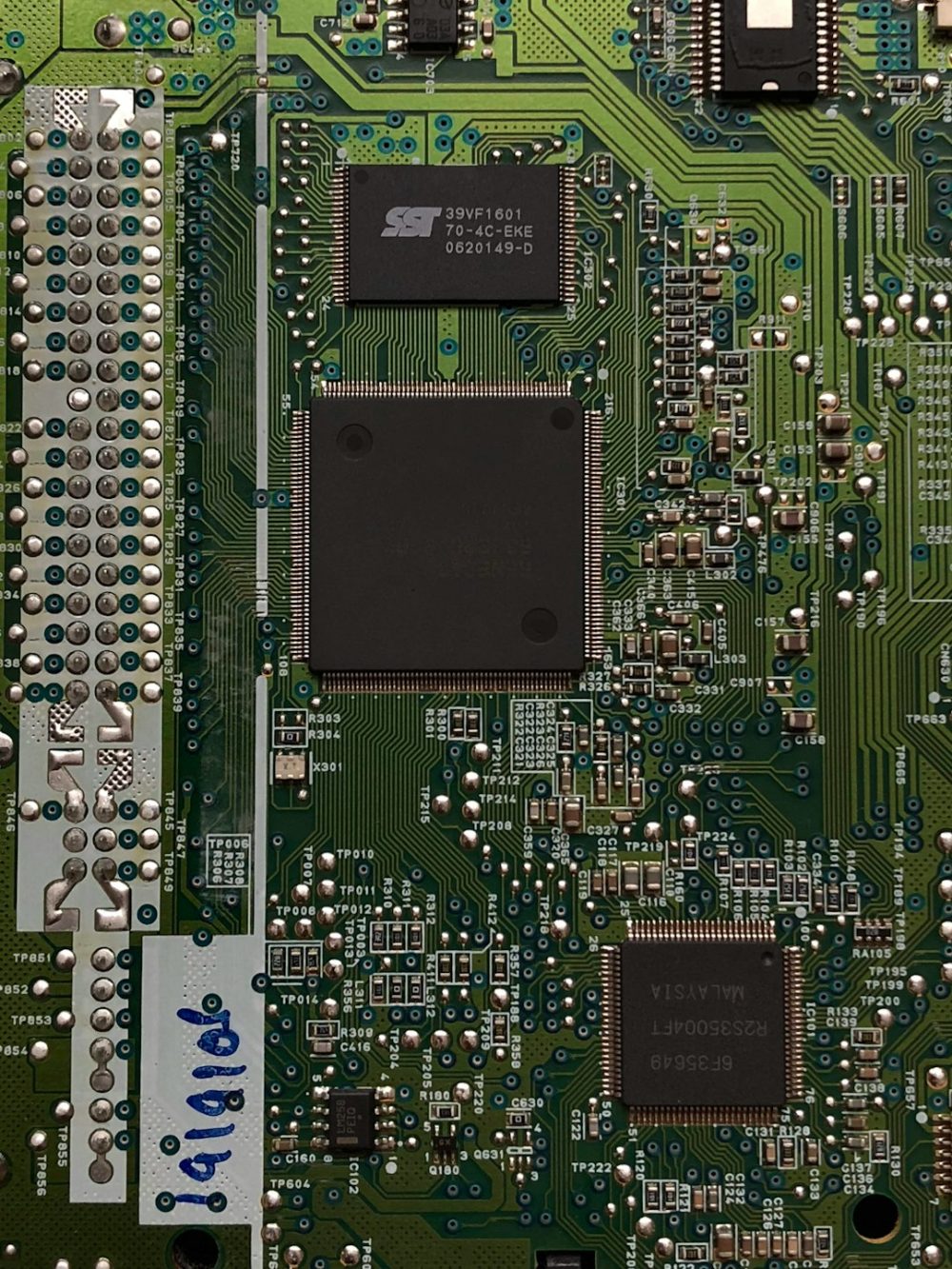The PG503 motherboard has quickly gained popularity among PC builders and tech enthusiasts for its balance of high performance, advanced features, and cost-effective pricing. Whether you’re assembling a gaming rig or setting up a workstation for heavy-duty applications, the PG503 offers compelling features that position it as a versatile and future-proof option. But what exactly does it offer? In this in-depth review, we’ll explore the PG503’s key specifications, functionality, and best usage practices.
Key Features and Specifications
At the core, the PG503 motherboard is built for compatibility and power efficiency. Below are some of its standout features:
- Chipset: Intel Z690 / AMD B650 (variant-specific)
- Form Factor: ATX
- CPU Support: 12th/13th Gen Intel Core or AMD Ryzen 7000 series
- Memory Support: Up to 128GB DDR5, 6400MHz (OC supported)
- Storage Options: 3x M.2 PCIe Gen 4 Slots, 6x SATA III Ports
- Graphics Support: 1x PCIe 5.0 x16 Slot
- Connectivity: 2.5G LAN, Wi-Fi 6E, Bluetooth 5.2
- USB Ports: 1x USB-C 3.2 Gen 2×2, 6x USB 3.2 Gen 1, 8x USB 2.0
- Audio: 7.1 Channel HD Audio with Realtek ALC4080 Codec
The support for high-speed DDR5 memory and PCIe 5.0 graphics cards makes the PG503 particularly attractive for next-generation gaming and content creation setups. The inclusion of Wi-Fi 6E and 2.5G LAN ensures seamless connectivity for demanding online tasks.
[ai-img]intel chipset, atx motherboard, pg503 board layout[/ai-img]
Design and Build Quality
The PG503’s robust ATX form factor provides ample room for airflow, component clearance, and expansion. A matte black PCB coupled with reinforced PCIe slots and metallic heat spreaders gives it a premium finish. Reinforced RAM and GPU slots ensure structural integrity during installation and heavy use, which is crucial for users who frequently upgrade components.
One of the design highlights is the integrated I/O shield, simplifying the installation process and ensuring that the rear panel stays protected against dust and moisture over time. Additionally, the low-profile VRM heatsinks improve thermal management without compromising space.
Performance and Thermal Handling
In benchmark tests, the PG503 offers excellent thermal stability and performance under load. The VRM configuration includes a 14+2 power phase design, adequately cooling high-performance CPUs even during prolonged heavy usage. When paired with effective case ventilation, users can expect minimal thermal throttling.
The motherboard BIOS is intuitive and comes with auto-overclocking features. For advanced users, there are comprehensive manual tuning options, including voltage control, fan curves, and memory management.
[ai-img]bios settings, motherboard overclocking, fan control[/ai-img]
Usage Tips and Best Practices
To get the most out of the PG503 motherboard, consider the following usage tips:
- Use Matching Memory Modules: Always use identical RAM sticks in the dual-channel slots to ensure maximum memory bandwidth and system stability.
- Keep BIOS Up to Date: Frequent updates often include chipset optimizations and performance improvements crucial for new-generation components.
- Optimize Cable Management: Utilize the multiple fan and RGB headers provided to organize cabling efficiently, enhancing both aesthetics and airflow.
- Enable XMP Profiles: Activating the Extreme Memory Profile in the BIOS enables RAM to run at its advertised speed.
- Take Advantage of M.2 Cooling: The M.2 slots come with thermal pads and heatsinks—ensure these are installed correctly to prevent SSD thermal throttling.
Pros and Cons
Here’s a brief look at what makes the PG503 standout and where it leaves room for improvement:
- Pros:
- Supports latest DDR5 and PCIe 5.0 technologies
- Excellent connectivity with Wi-Fi 6E and 2.5G LAN
- Advanced BIOS with user-friendly interface
- Strong thermal design and durability
- Cons:
- Limited availability in certain markets
- No onboard display outputs for CPUs without iGPUs
- Slight learning curve for BIOS beginners
Final Verdict
If you’re looking for a motherboard that accommodates the latest hardware, performs reliably under pressure, and offers easy customization, the PG503 is a strong contender. Its future-ready specs make it ideal for enthusiasts building a system that won’t become obsolete anytime soon. Despite minor drawbacks, it provides excellent value for its feature set.
Whether you’re assembling a high-end gaming computer or a professional workstation, the PG503 ensures a stable and efficient foundation for virtually any setup.





